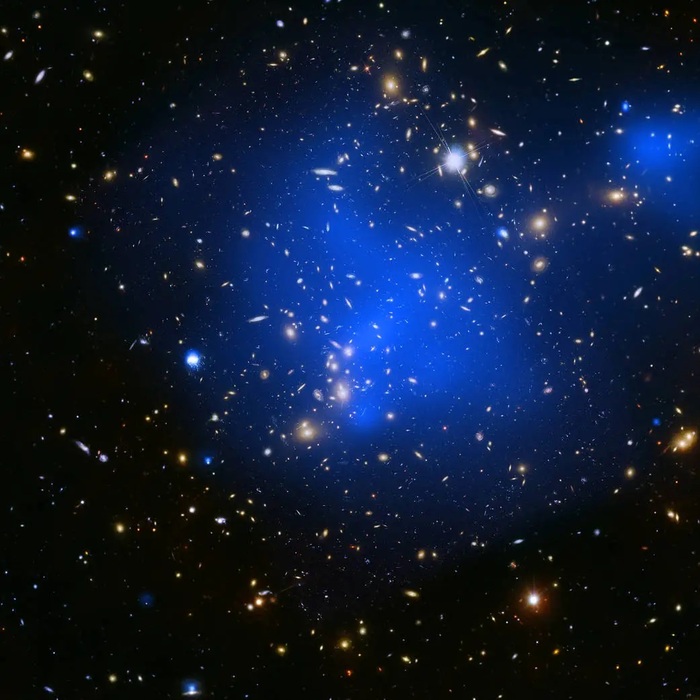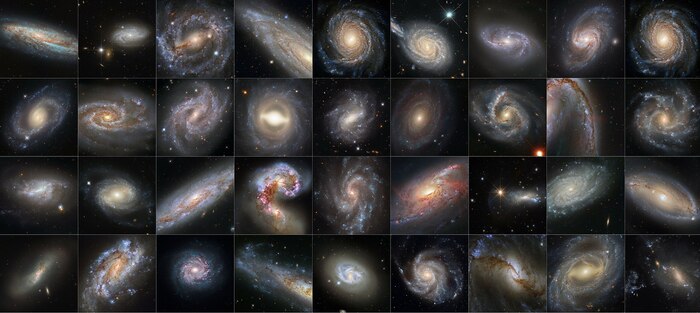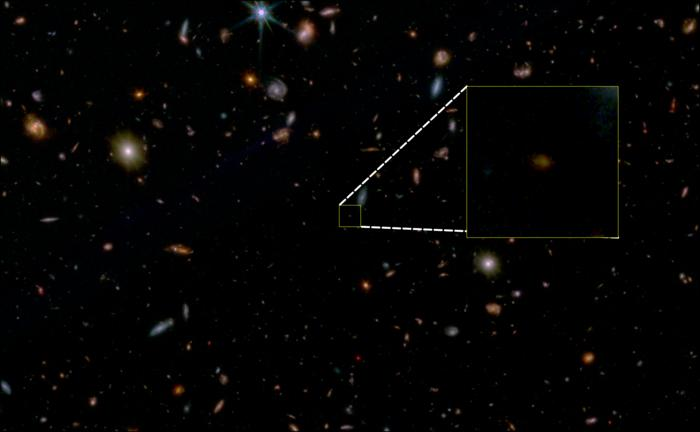Enlarge image
Image taken by the Hubble Space Telescope of NGC 3568, a galaxy 57 million light years from the Milky Way
Photo: ESA / Hubble / NASA
Half a century ago astronomers proposed that so-called super-bubbles could be crucial for understanding galaxies.
"Now we have the proof," said Harvard astronomer Alyssa Goodman about a research project published in Nature.
The earth and the solar system are located in a bubble that was formed around 14 million years ago, a dust-free space filled with hot gas - with a diameter of around 1,000 light years.
There are thousands of young stars on its edge.
In the course of »a few million years« there were then about 15 supernova explosions, reports the research team at the University of Vienna.
The explosion of the massive stars ("supernova") shifts interstellar gas outwards and thereby creates the bubble.
The gas that lies on the edge of this expanding bubble is compressed as a result.
Molecular clouds formed in which stars could finally arise.
“When the first supernovae, which finally formed the local bubble, exploded, our sun was still a long way from this event,” said João Alves from the University of Vienna: “But about five million years ago the galactic orbit of our sun was in our solar system led directly into the local bubble.
Now, by sheer coincidence, the sun sits almost exactly in the center of this bubble. "
Galaxies like our Milky Way can therefore be imagined like holey Swiss cheese: “The holes in this Emmentaler, in other words the bubbles, were created by past supernova explosions.
In this way, new stars can form around the cheese holes - where the gas has been condensed by the energy of the dying stars, ”it continues.
Gaia Space Telescope provided data
However, the bubble has no final shape, it continues to grow.
"The bubble is still expanding at about six to seven kilometers per second in our galactic neighborhood," said Catherine Zucker of the Space Telescope Science Institute.
"However, it has already lost most of its strength and momentum and has leveled off at a constant rate of expansion."
The next step for the researchers is now to measure all interstellar bubbles within reach and thus get a complete 3D visualization.
This should enable astronomers to better understand the influence of dying stars on new star formation and thus also the structure and evolution of galaxies such as our Milky Way.
The research was made possible with the help of new data from the Gaia Space Telescope from the European Space Agency (ESA).
This measures the distances and proper movements of billions of stars.
fww









